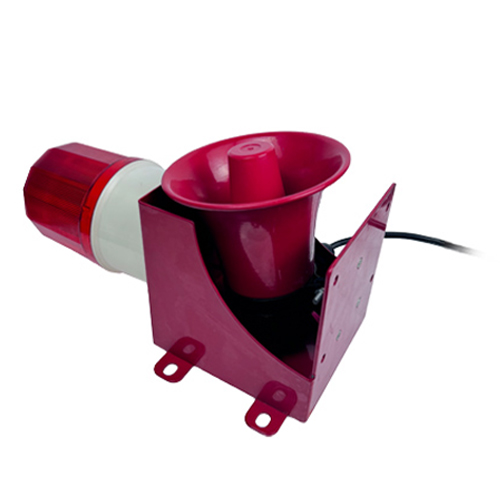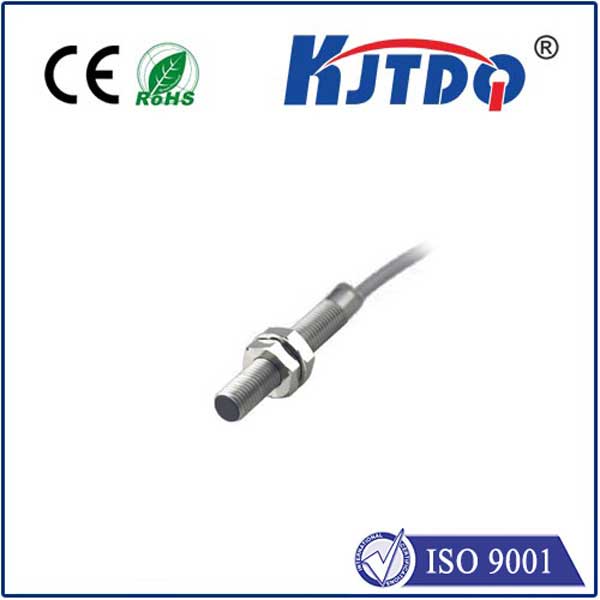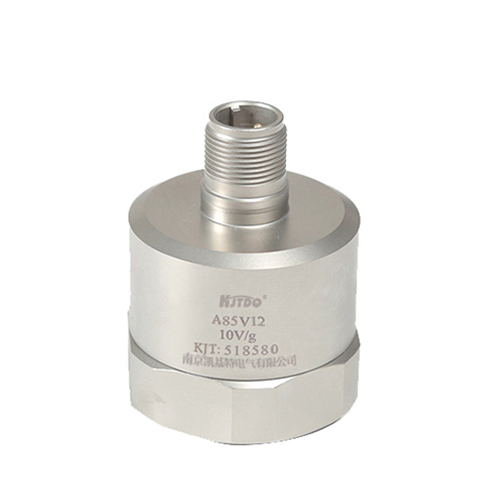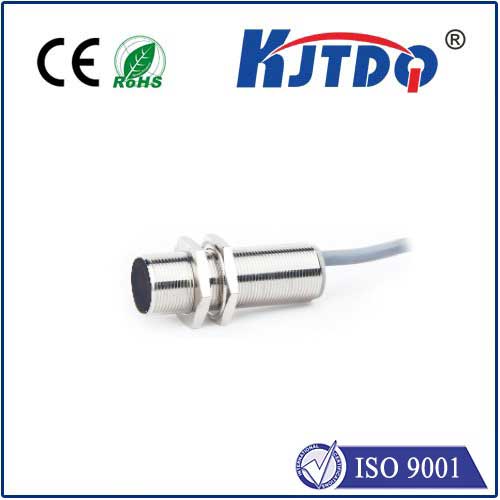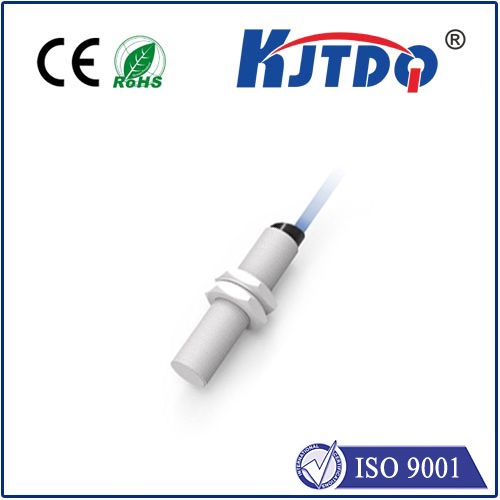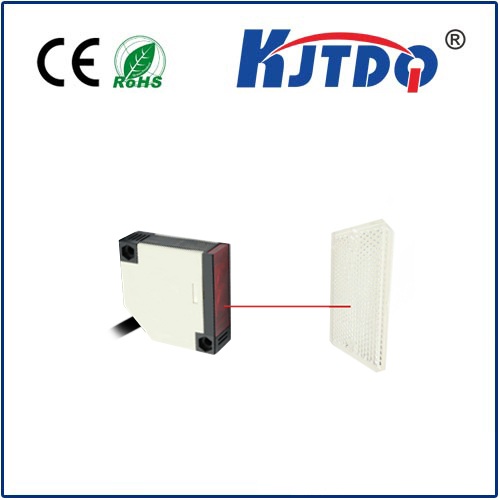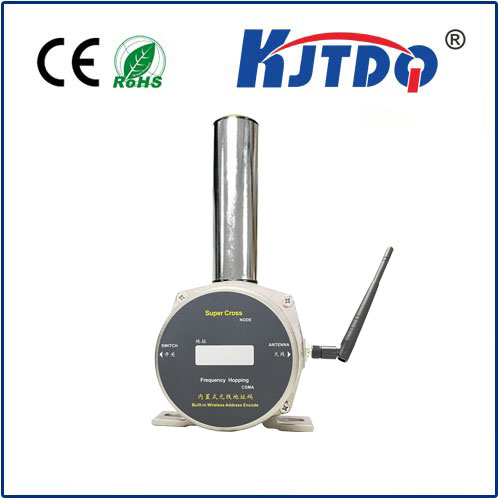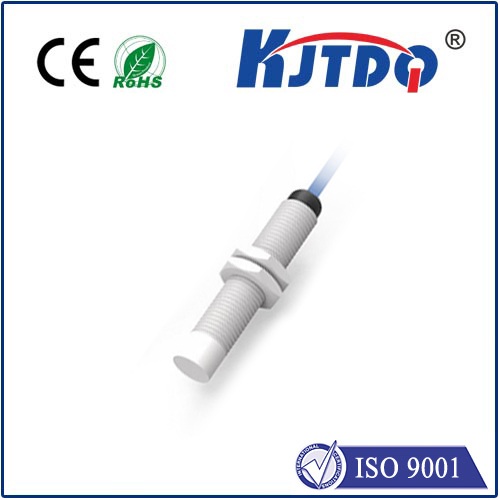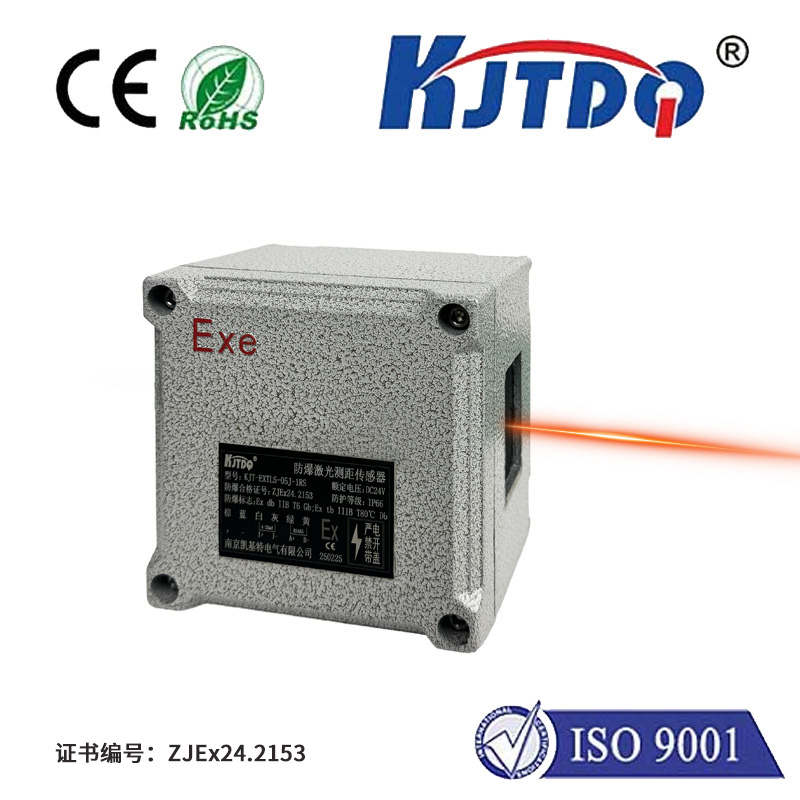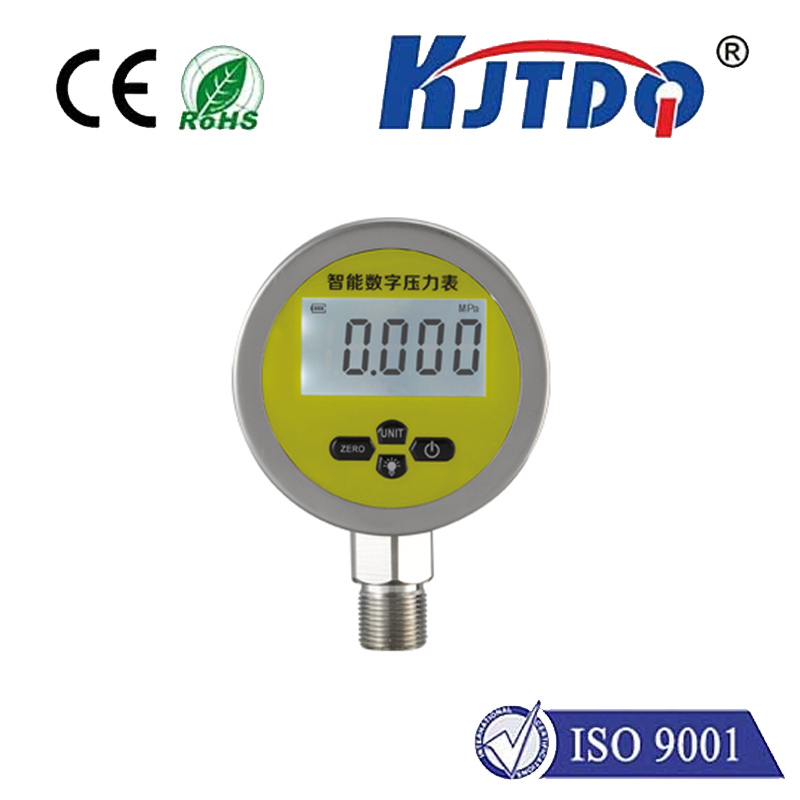

check

check

check

check

check

check

check

check

check

check

Title: The Innovative Technology of Capacitive Proximity Sensors Introduction Capacitive proximity sensors are a type of electronic device that use capacitance to detect the presence of objects in their vicinity. This innovative technology has become increasingly popular in various industries due to its high accuracy, reliability, and versatility. In this article, we will explore the working principle, applications, advantages, and future prospects of capacitive proximity sensors. Working Principle A capacitive proximity sensor consists of two conductive plates separated by an insulating material. When an object approaches the sensor, it alters the electromagnetic field between the plates, which changes the capacitance. The change in capacitance is then measured and converted into a digital signal by the sensor’s circuitry. Based on this signal, the sensor can determine the distance between itself and the object. Applications Capacitive proximity sensors have a wide range of applications across different industries. They are commonly used in industrial automation systems for monitoring and controlling processes such as conveyor belt speed, liquid level measurement, and part counting. In automotive industry, they are used for cruise control systems, parking assist systems, and airbag deployment. Additionally, capacitive proximity sensors are widely used in consumer electronics such as smartphones, tablets, and laptops for touchscreen control and gesture recognition. Advantages One of the main advantages of capacitive proximity sensors is their high accuracy and reliability. They can detect objects with high precision and do not require any physical contact with the object being detected. This makes them ideal for applications where contamination or damage to the sensor may be a concern. Moreover, capacitive proximity sensors are energy-efficient and have a long operating life, making them cost-effective solutions for various applications. Future Prospects With the continuous advancements in technology, capacitive proximity sensors are expected to play an even greater role in various industries in the future. They are likely to become more compact, power-efficient, and affordable, enabling new applications and expanding their market potential. Additionally, researchers are exploring ways to improve their sensitivity and accuracy, which will further enhance their performance and usability. Conclusion In conclusion, capacitive proximity sensors are a versatile and reliable technology with a wide range of applications across different industries. Their high accuracy, energy efficiency, and cost-effectiveness make them an attractive solution for various process control and automation needs. As technology continues to advance, we can expect capacitive proximity sensors to play an even greater role in shaping the future of various industries.
